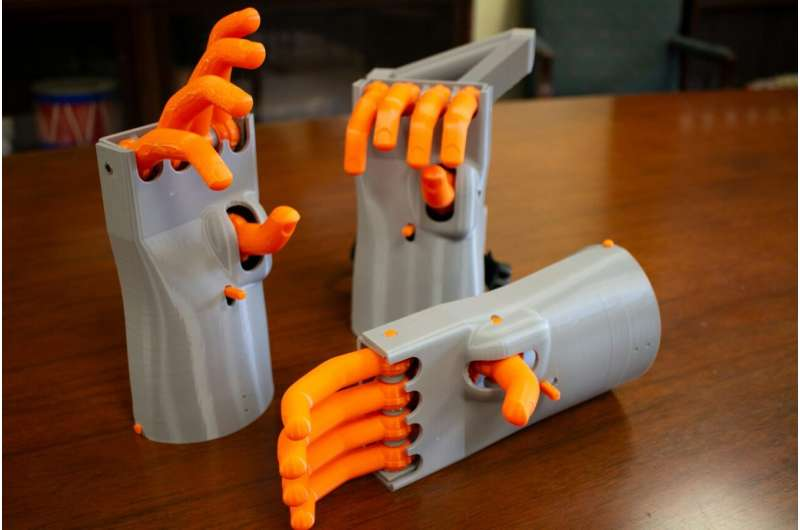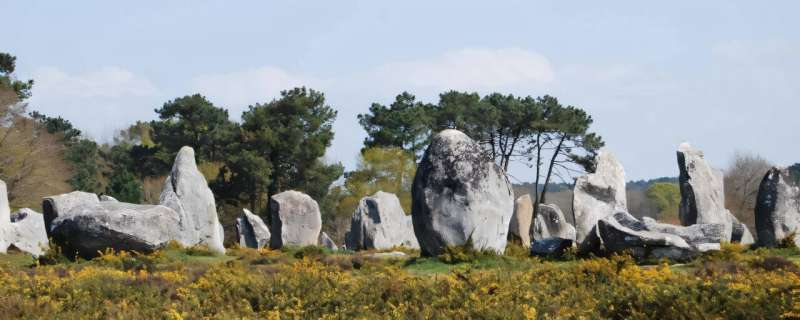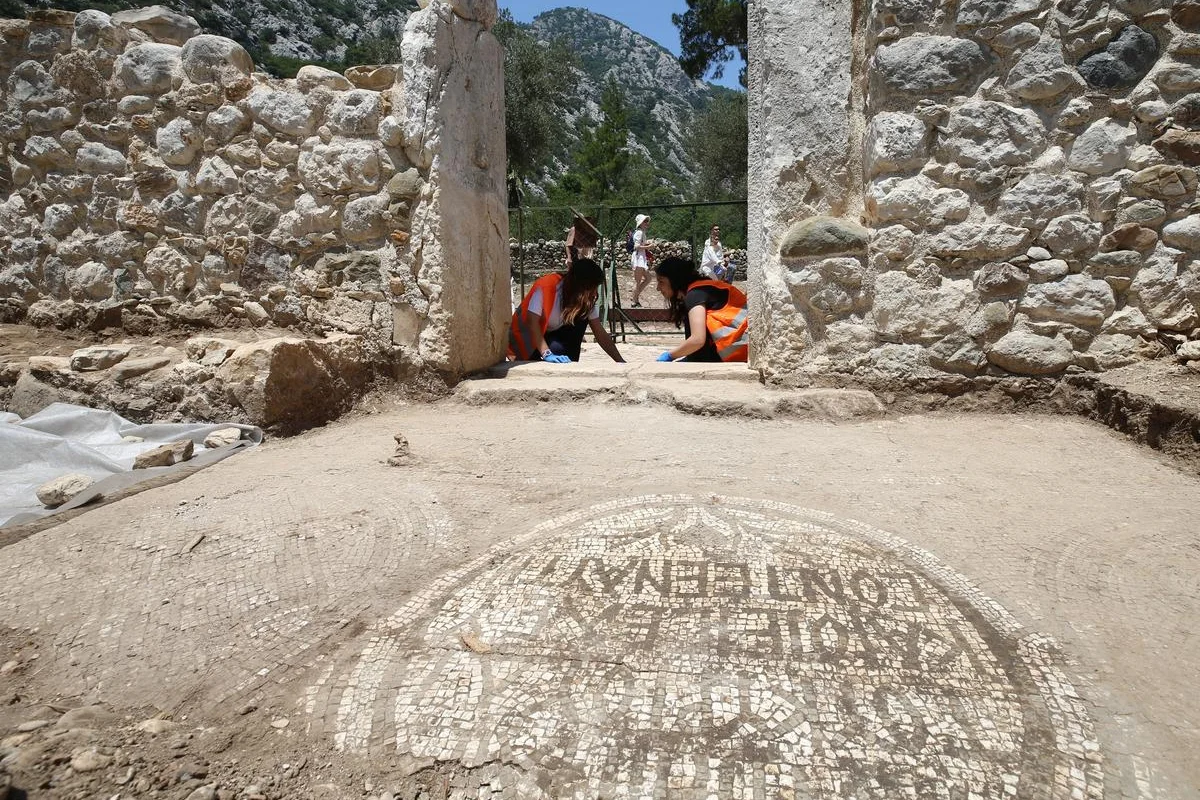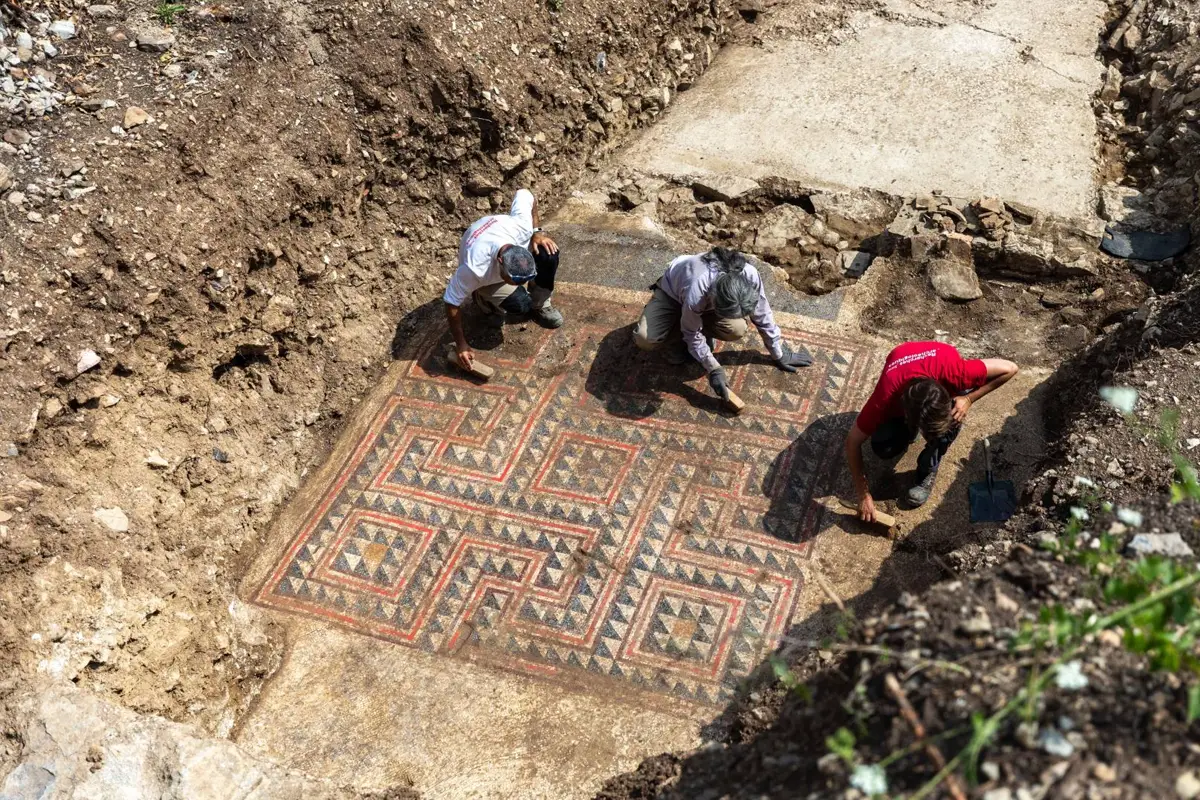The discovery of the neuropeptide CGRP's role in promoting tissue healing represents a significant advancement in the field of wound treatment. The study published in Nature demonstrates how sensory neurons expressing CGRP communicate with immune cells, facilitating the healing process around injuries. Synthetic CGRP tested on mice with impaired healing, akin to diabetic patients, resulted in notable improvements in healing rates. This finding holds promise for enhancing wound treatment speed, especially for individuals with conditions like diabetes that affect wound healing.
Moreover, the proposal to name two new species of killer whales, Orcinus orca for residents and Orcinus reoppinis for transients, highlights the distinctiveness of these populations. Despite sharing the same habitat, residents and transients exhibit different diets, cultures, and genetic profiles, rarely interacting with each other. The proposal underscores the importance of recognizing and protecting the diverse lineages within killer whale populations for conservation purposes.
Both studies emphasize the significance of ongoing research in their respective fields—neuroimmune interactions for wound healing and taxonomy for species conservation. By further investigating these areas, scientists can continue to deepen our understanding of the body's healing mechanisms and the intricacies of species diversity, ultimately advancing medical treatments and conservation efforts.







